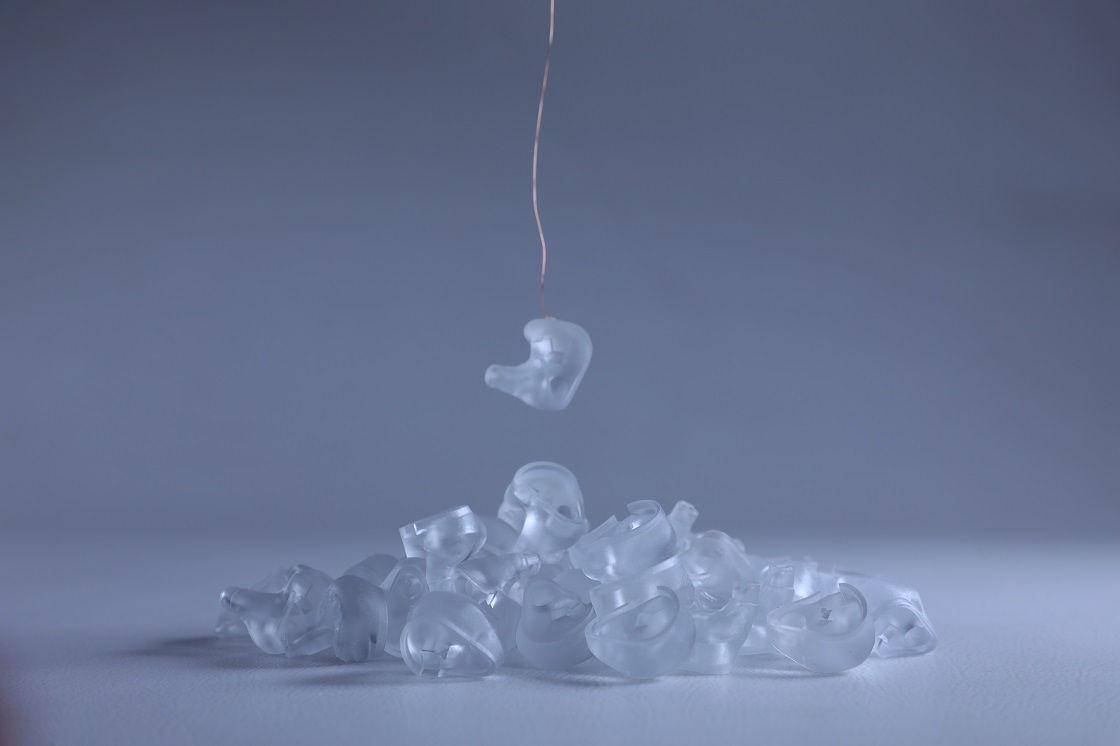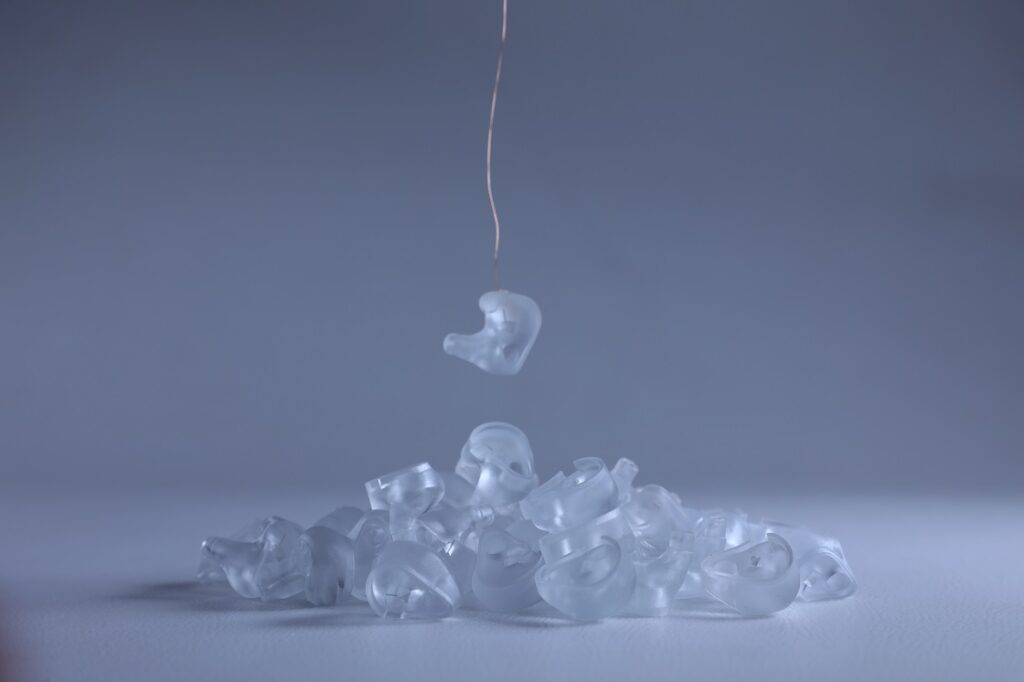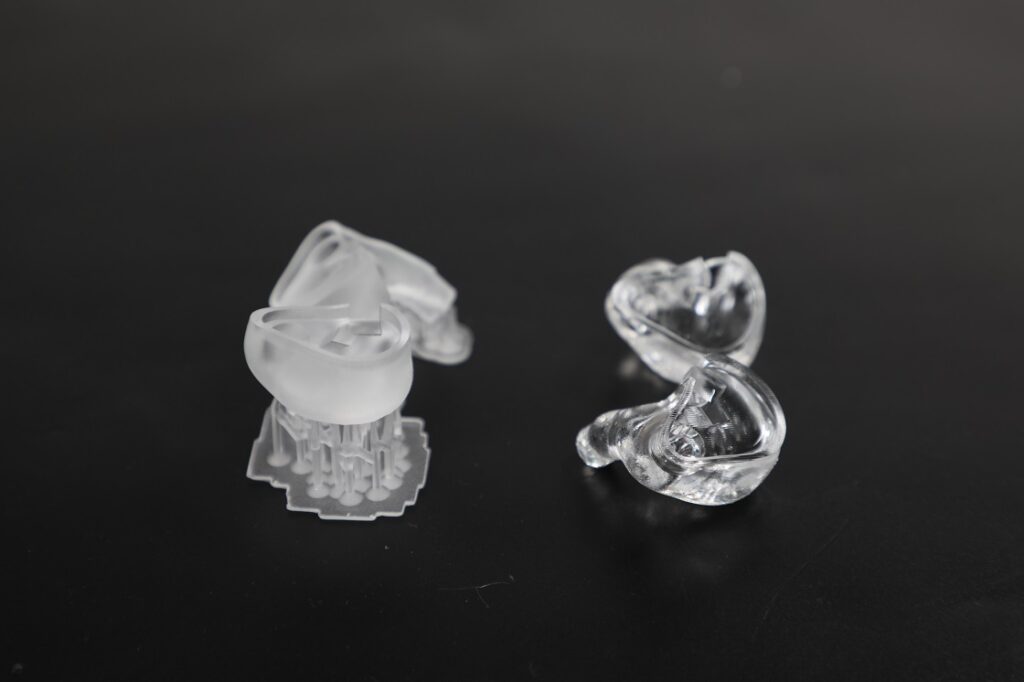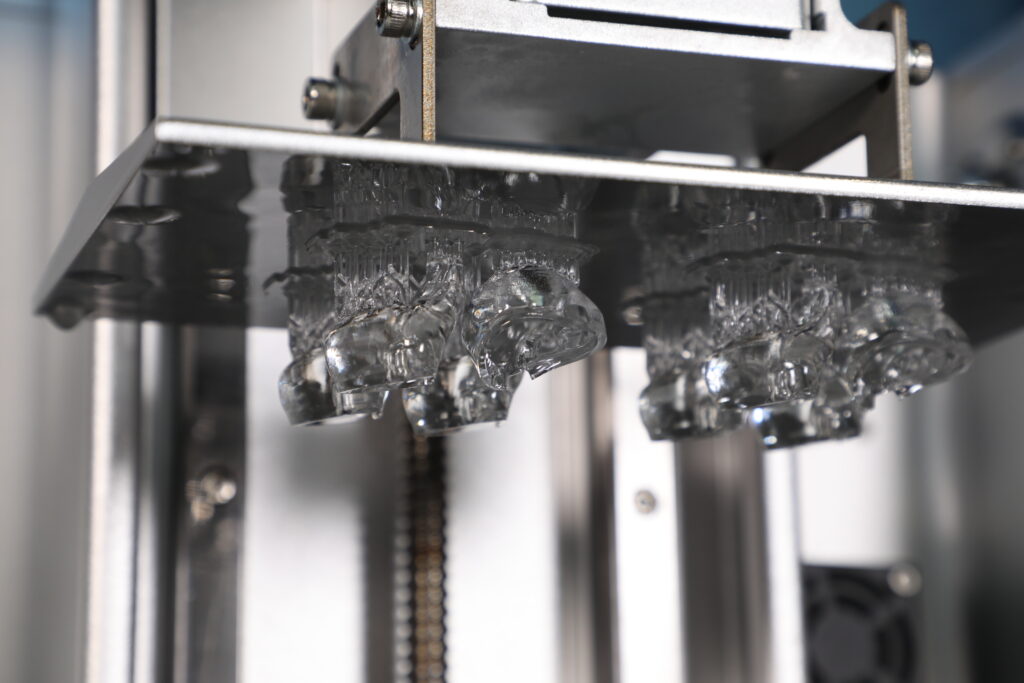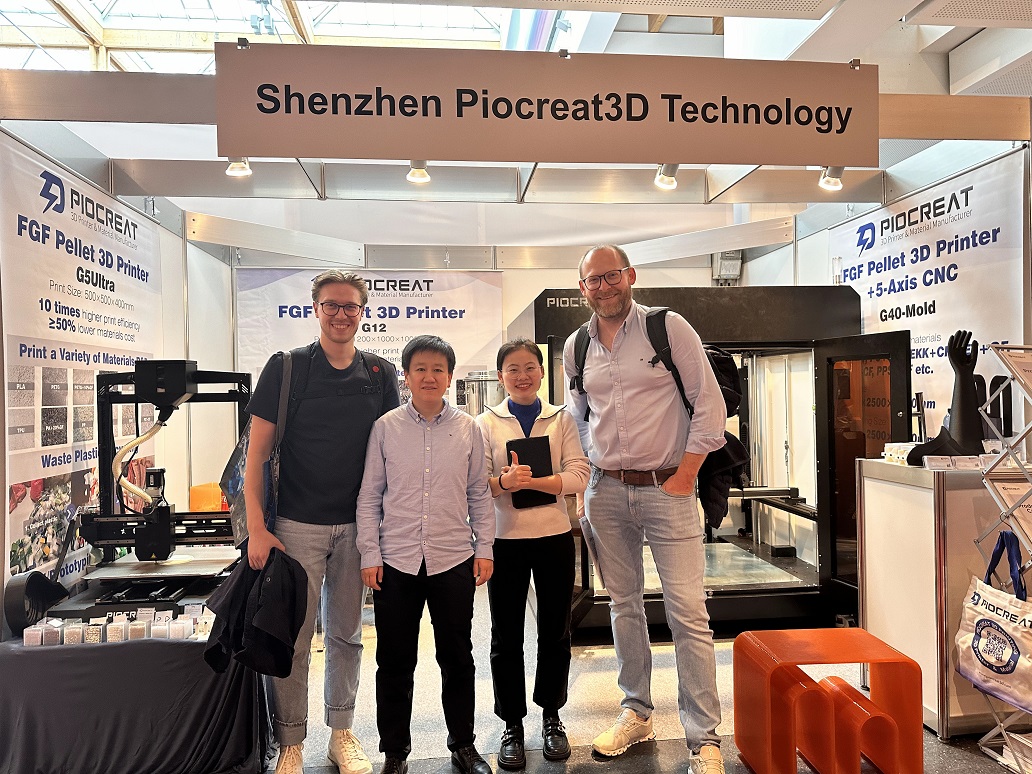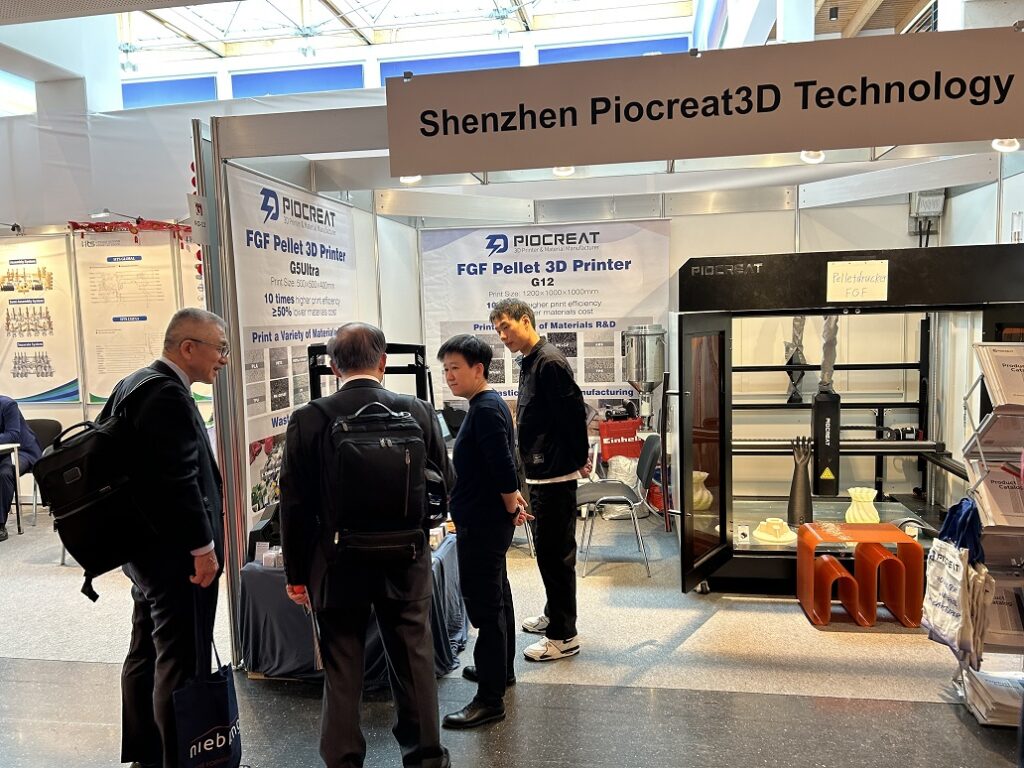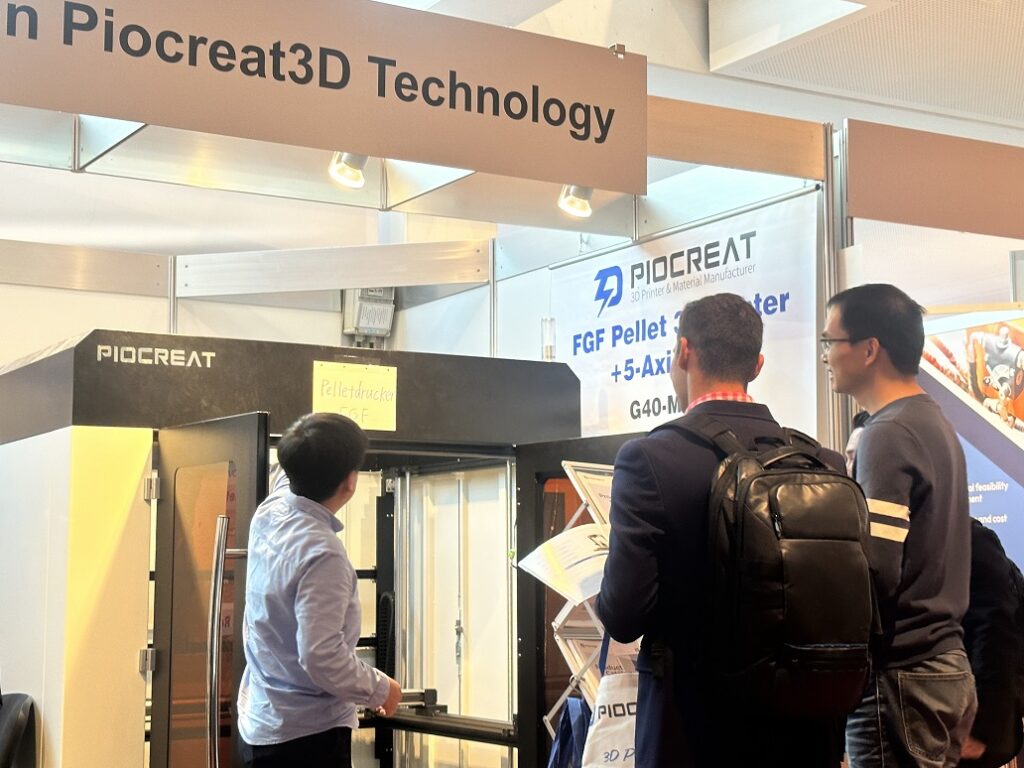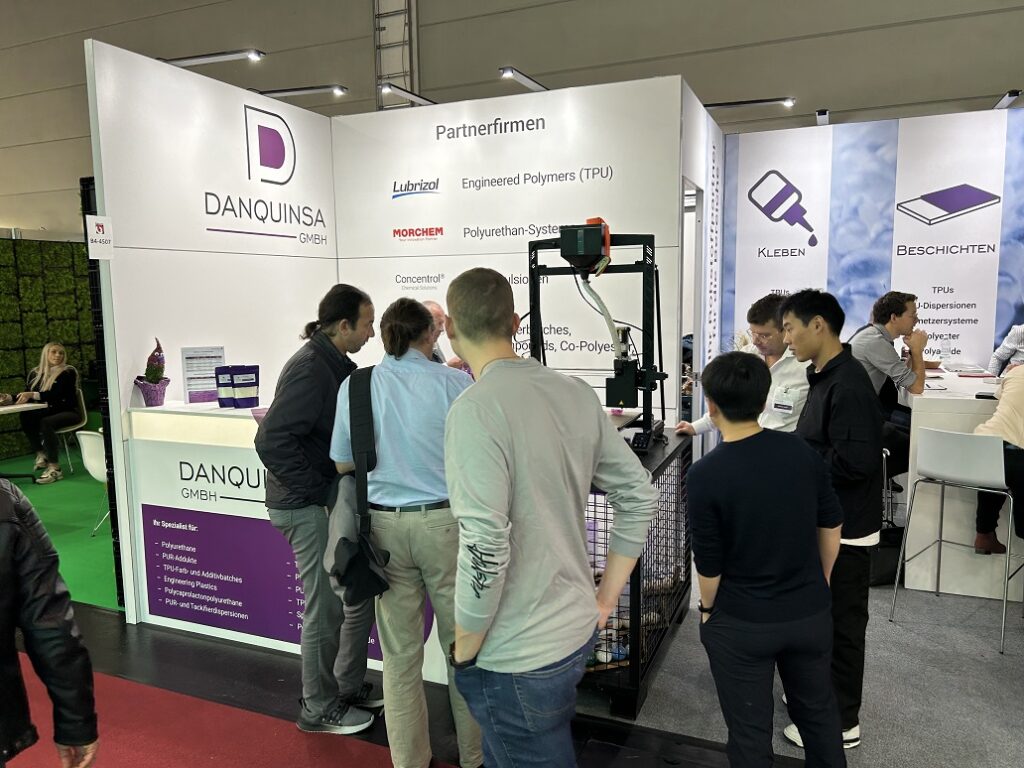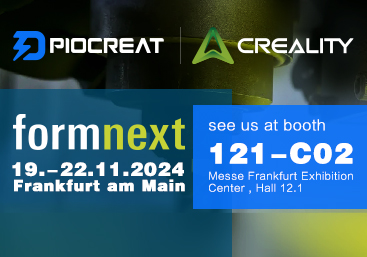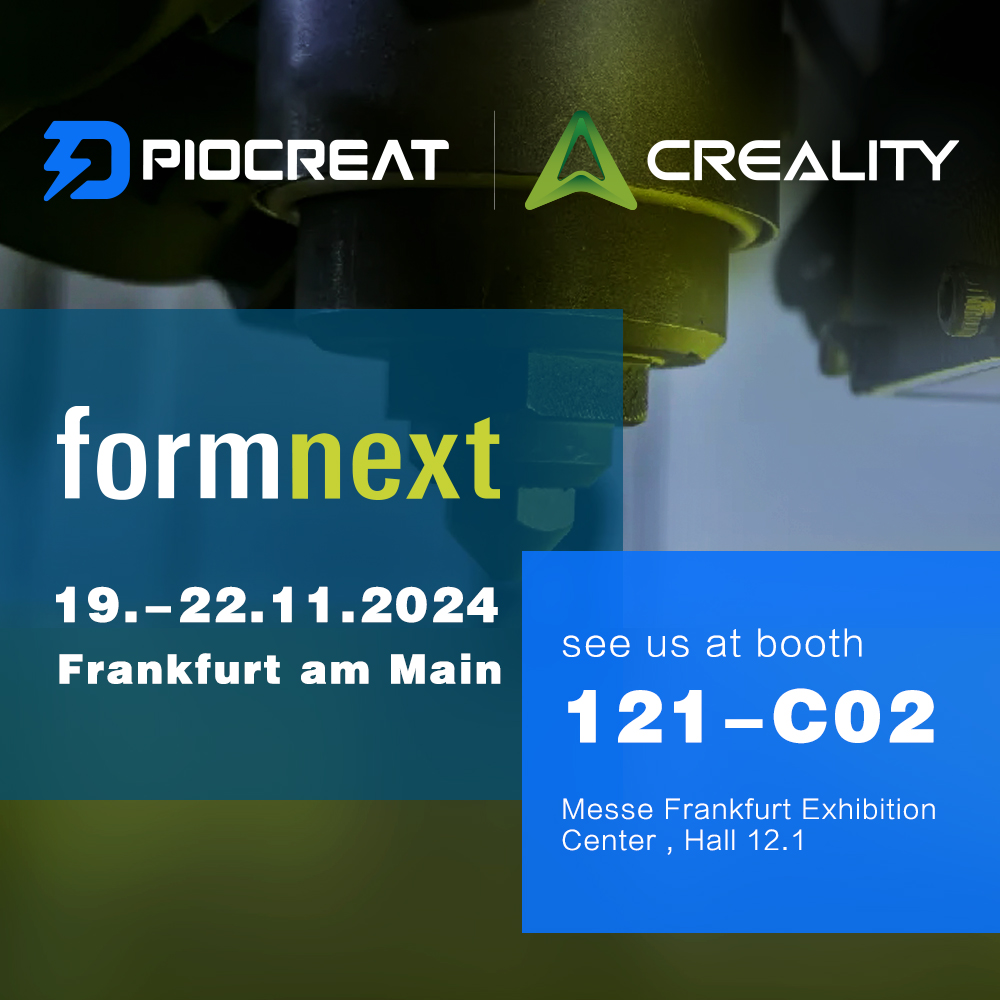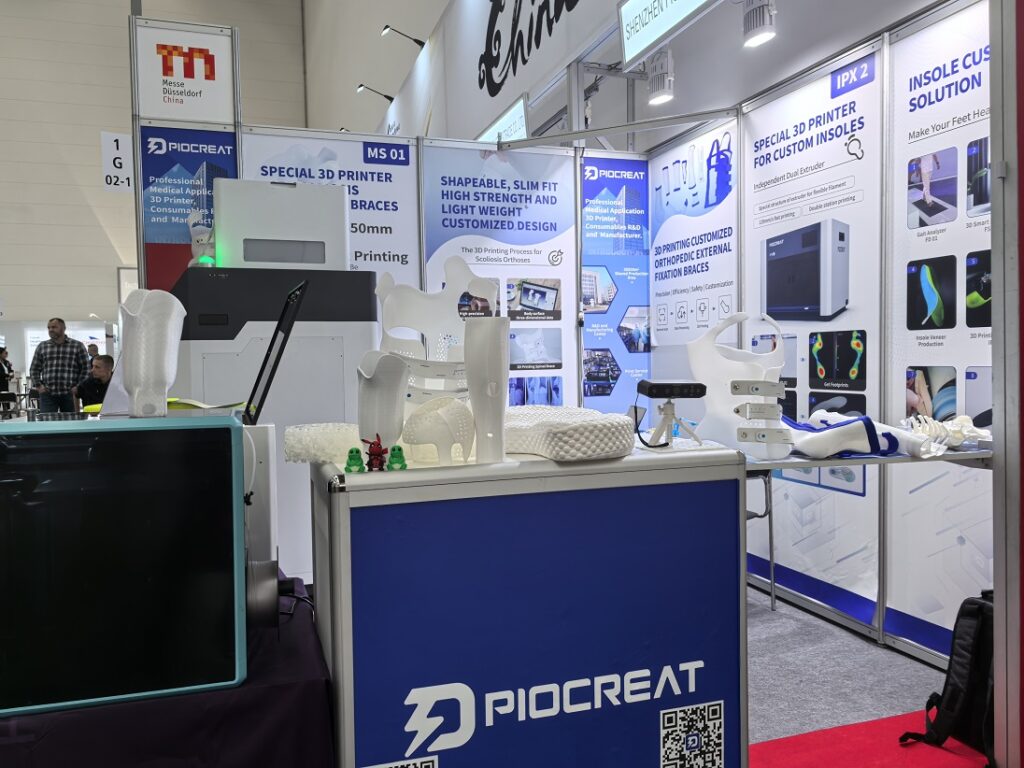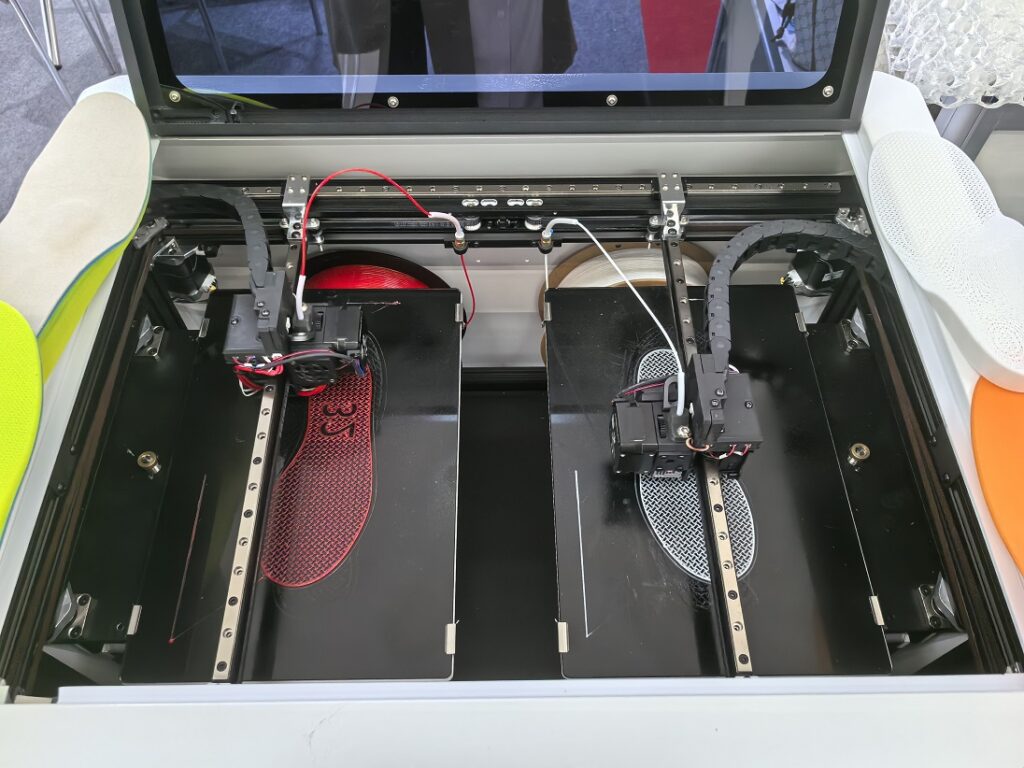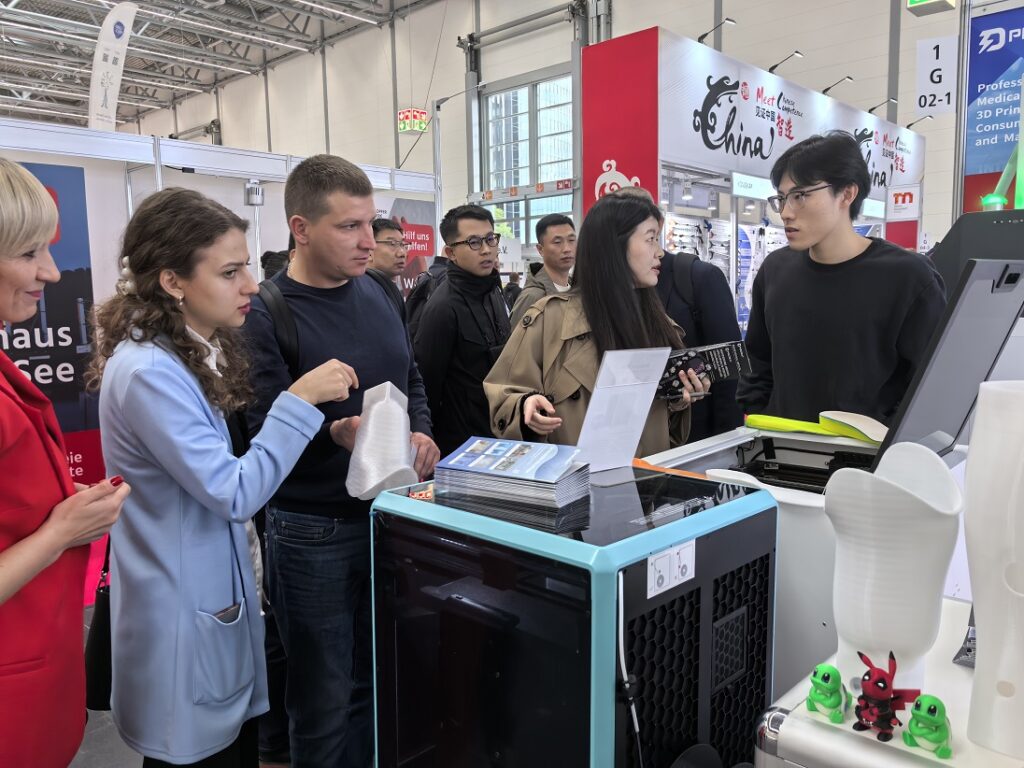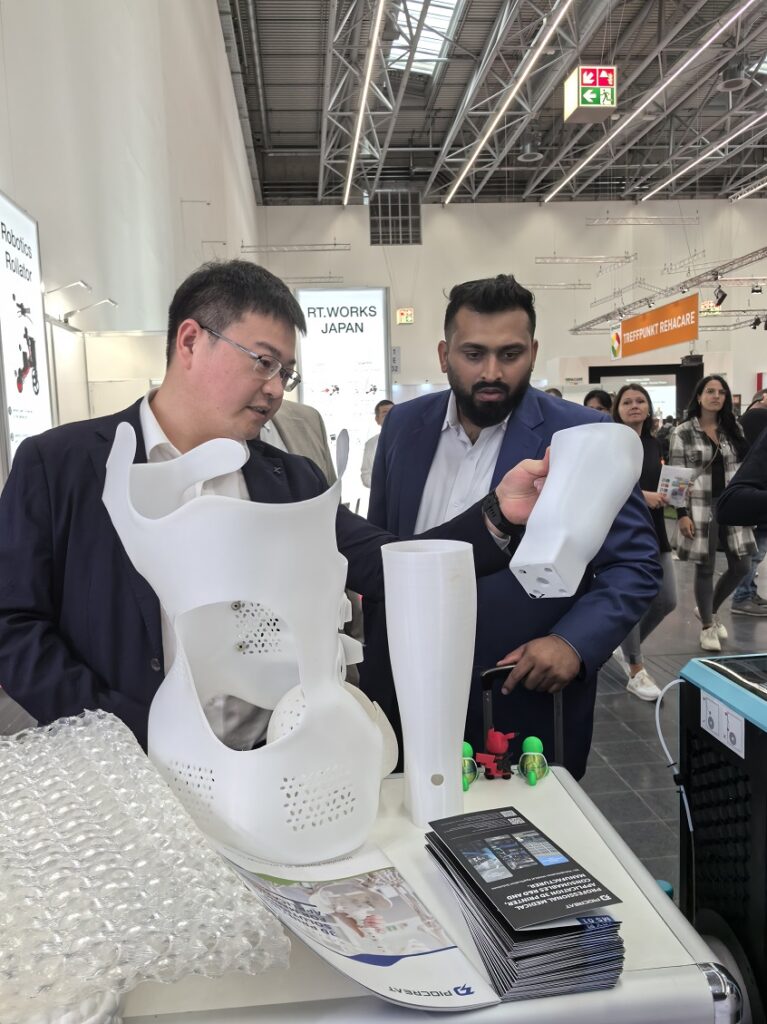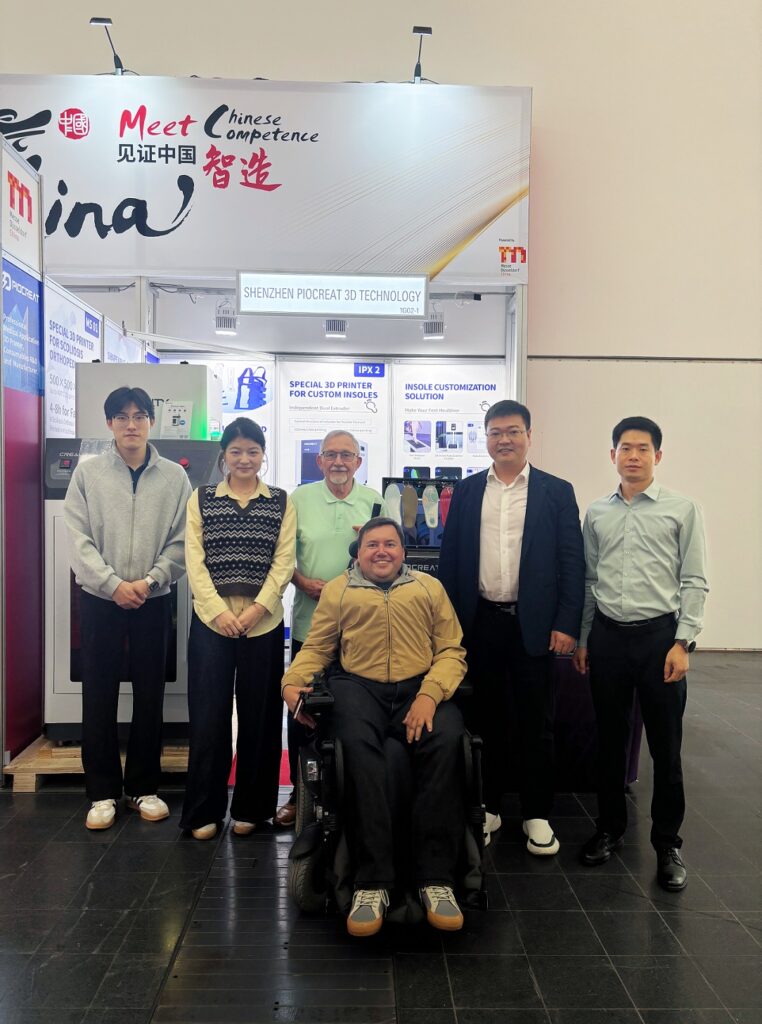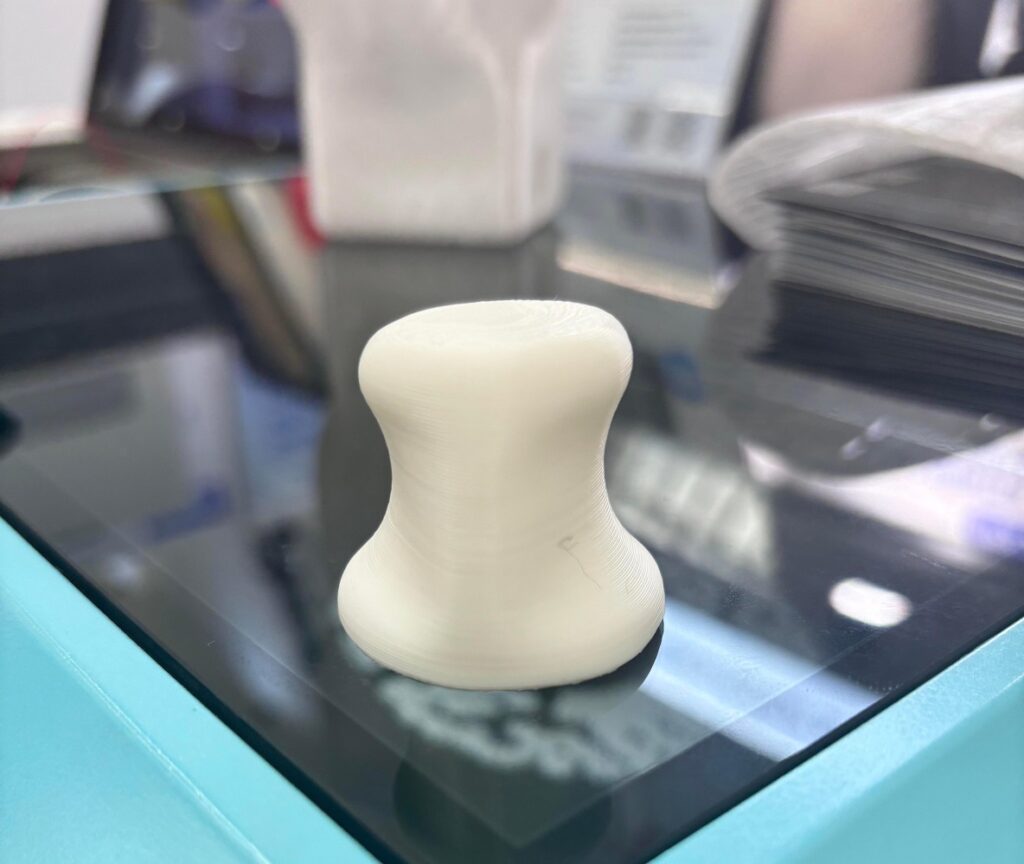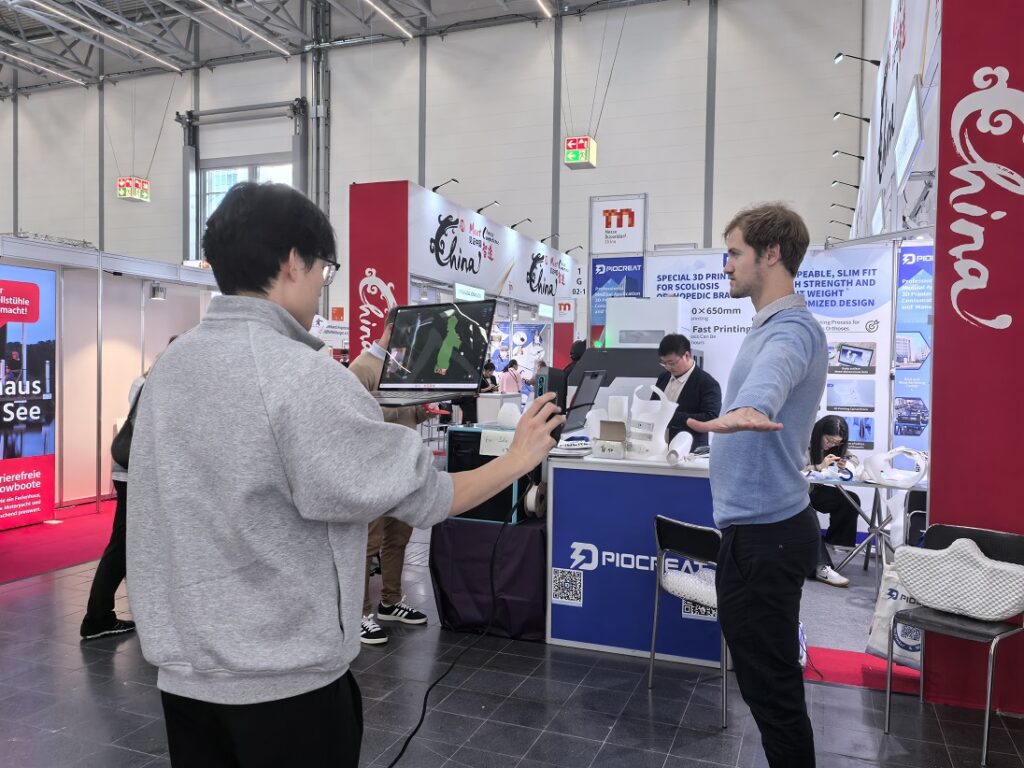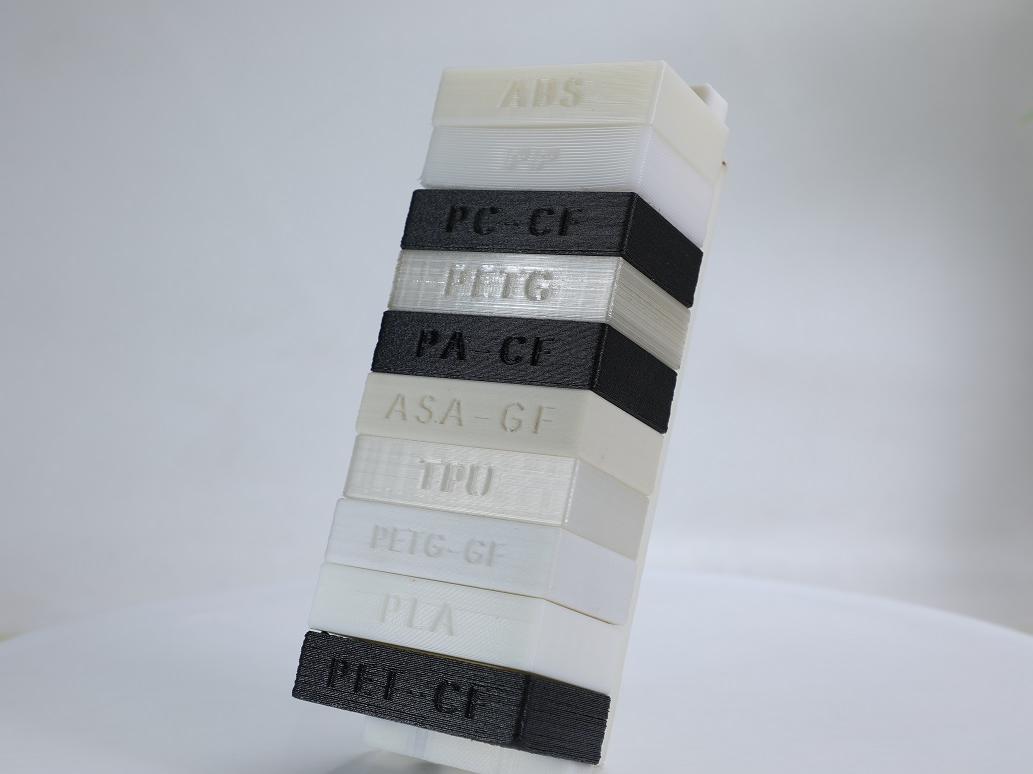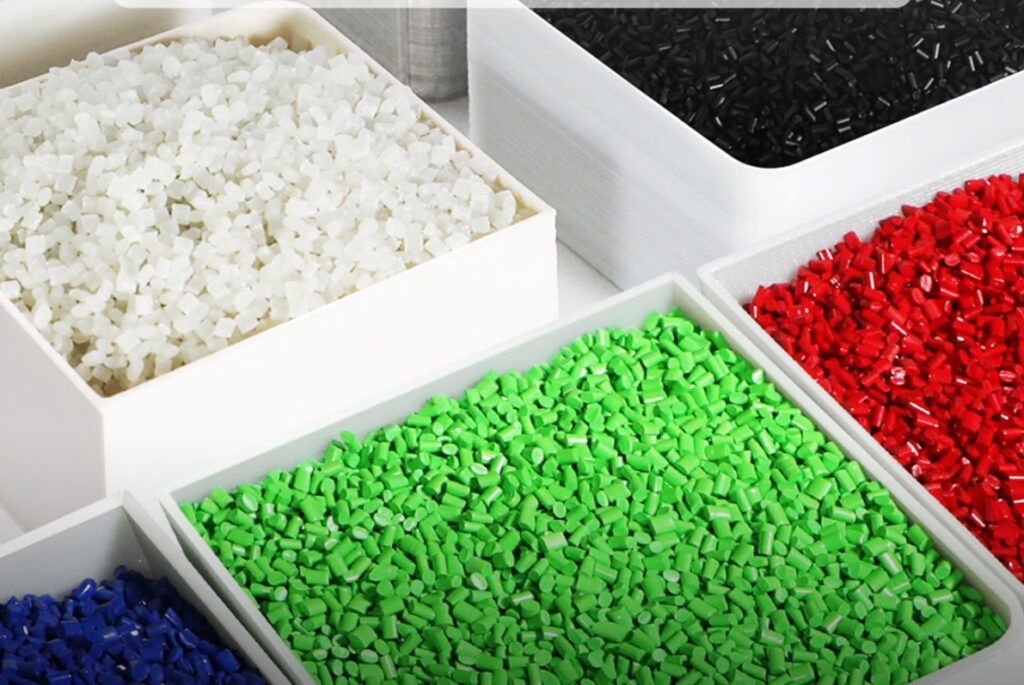PioCreat Set to Attend the Greater New York Dental Meeting 2024
piocreat3d
on
November 7, 2024
PioCreat is excited to announce our participation in the Greater New York Dental Meeting (GNYDM) 2024, one of the premier healthcare and dental events in the United States. At this renowned event, PioCreat will showcase our latest advancements in dental 3D printing technology, with a special focus on solutions that bring efficiency, precision, and affordability to the world of dentistry.
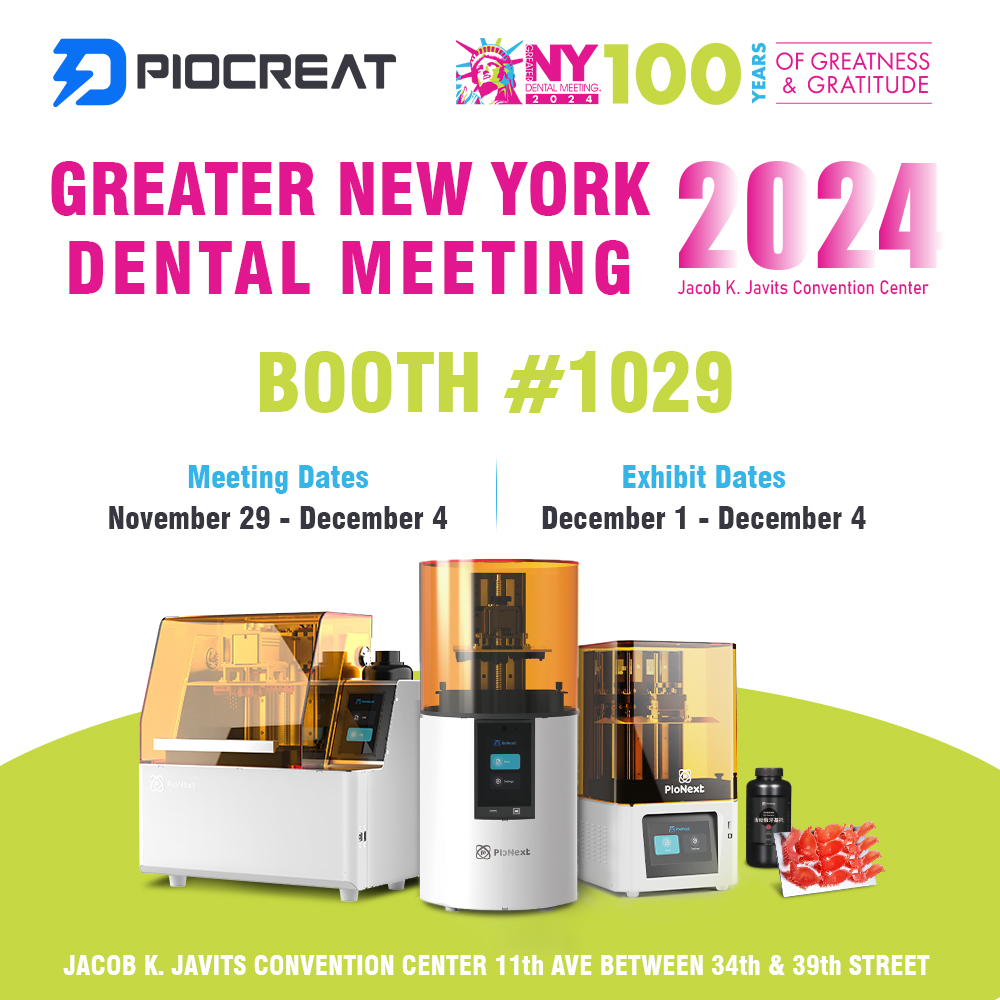
What Makes the Greater New York Dental Meeting Special?
Established as the largest healthcare and dental event in the United States, the GNYDM has earned a prestigious reputation for its commitment to the dental profession. From November 29th to December 4th, the meeting will host thousands of dental professionals from around the globe, offering them a comprehensive program of lectures, hands-on workshops, and exhibits. The GNYDM’s exhibits will be open from December 1st to December 4th, providing a platform for leading companies like PioCreat to demonstrate how advanced dental technology can enhance patient care and streamline practice workflows.
Education is at the heart of GNYDM. This event brings together top educators and experts to deliver an extensive array of learning opportunities, covering essential topics like laser technology, CAD/CAM systems, Cone Beam imaging, lab management, and more. Each year, GNYDM also hosts a series of specialized conferences and expos that dive deep into focused areas of dentistry, including the World Implant EXPO, the Global Orthodontic Conference, and the 3D Printing & Digital Dentistry Conference. These specialty meetings offer exclusive insights, equipping dental professionals with the knowledge to stay at the cutting edge of their field.
PioCreat Dental 3D Printing Solutions on Display
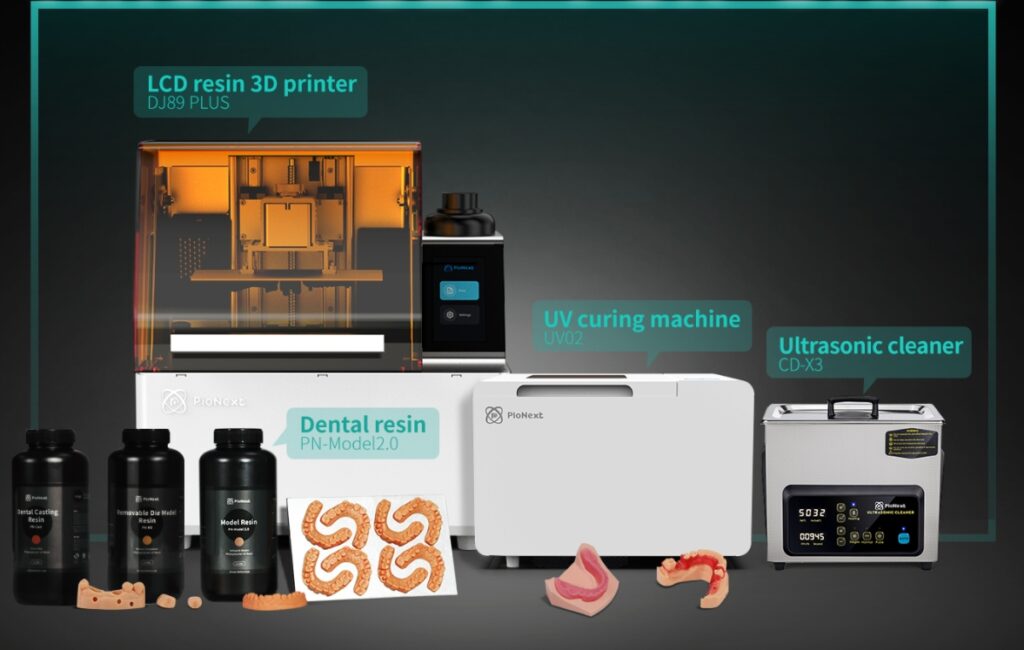
At GNYDM, PioCreat will introduce our range of dental 3D printing solutions, crafted to meet the needs of modern dental practices, orthodontic labs, and other dental service providers. Our commitment to precision, speed, and cost-effectiveness in dental technology is embodied in our robust product lineup. Here’s a glimpse at what you can expect at our booth:
1. DJ89PLUS 3D Printer – A Versatile Choice for Precision
The DJ89PLUS is a high-performance resin 3D printer that offers a balanced blend of quality and affordability, making it ideal for dental professionals who demand high precision at a reasonable price. This printer is equipped with an 8K resolution LCD screen and integrated light source technology, ensuring high fidelity in every print. The DJ89PLUS is perfect for crafting detailed dental appliances such as crowns, bridges, and surgical guides, providing consistent quality while reducing overall production time and costs.
2. D158 3D Printer – Precision and Speed for Demanding Dental Applications
Designed with professional-grade precision and efficiency in mind, the D158 3D printer is a compact solution that combines speed and reliability. It is ideal for labs that need to produce dental models and appliances quickly and accurately. With a 62μm pixel size and a stable Z-axis structure, the D158 delivers top-tier performance, simplifying complex workflows for dental practices and labs.
3. UV02 UV Curing Machine – Reliable Post-Processing for Optimal Results
Our UV02 UV Curing Machine offers reliable post-processing for dental models and appliances, specially designed for curing dental resins. With adjustable curing settings and a curing time of just 1-5 minutes, the UV02 guarantees a high level of polymerization, giving dental appliances a smooth and durable finish that withstands daily use.
By integrating these 3D printing solutions—DJ89PLUS, D158, and UV02—into your practice, you can streamline production, reduce costs, and enhance the quality of your dental services. PioCreat’s technology delivers speed and precision that help dentists and labs outperform traditional methods, elevating patient care to new heights.
Schedule a Meeting !
For products inquiries or to schedule a meeting during Greater New York Dental Meeting 2024, please contact info@piocreat3d.com.

